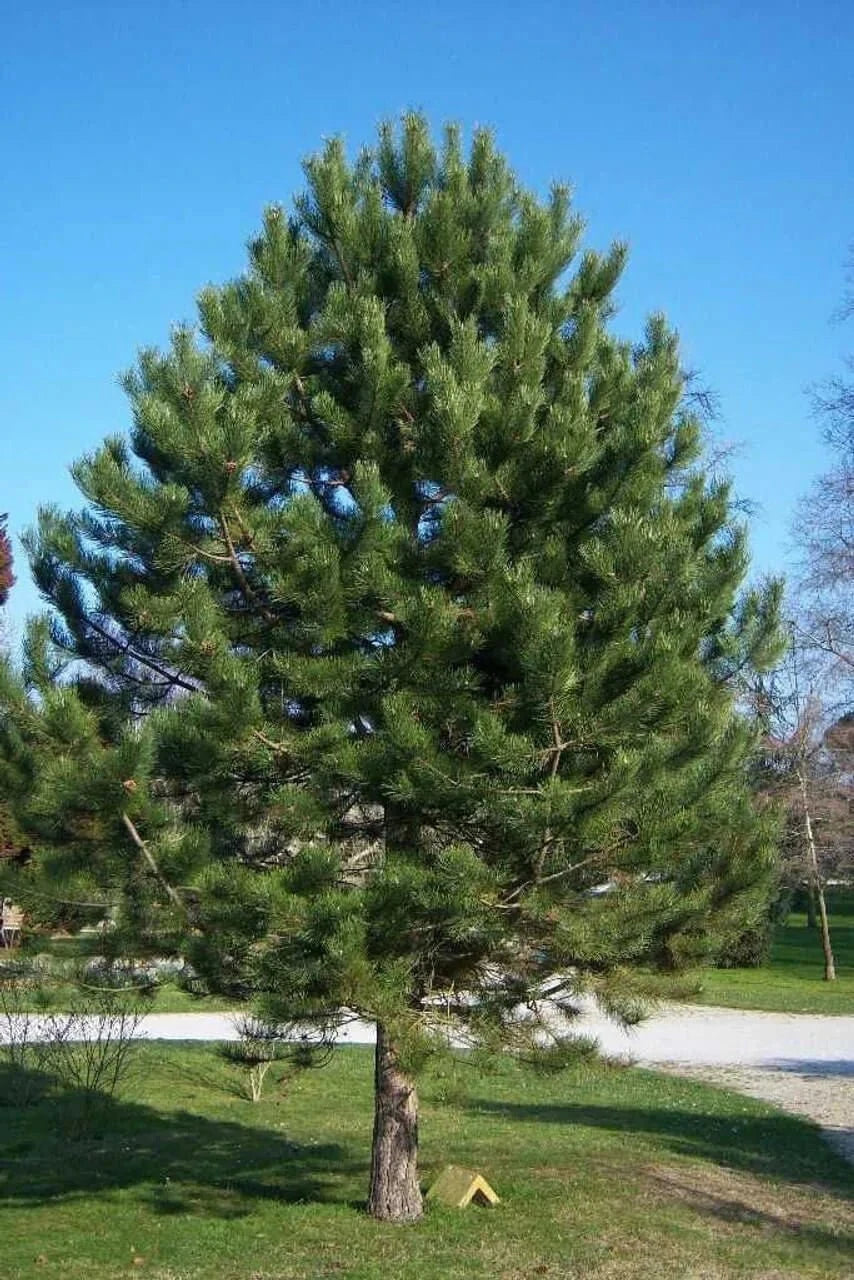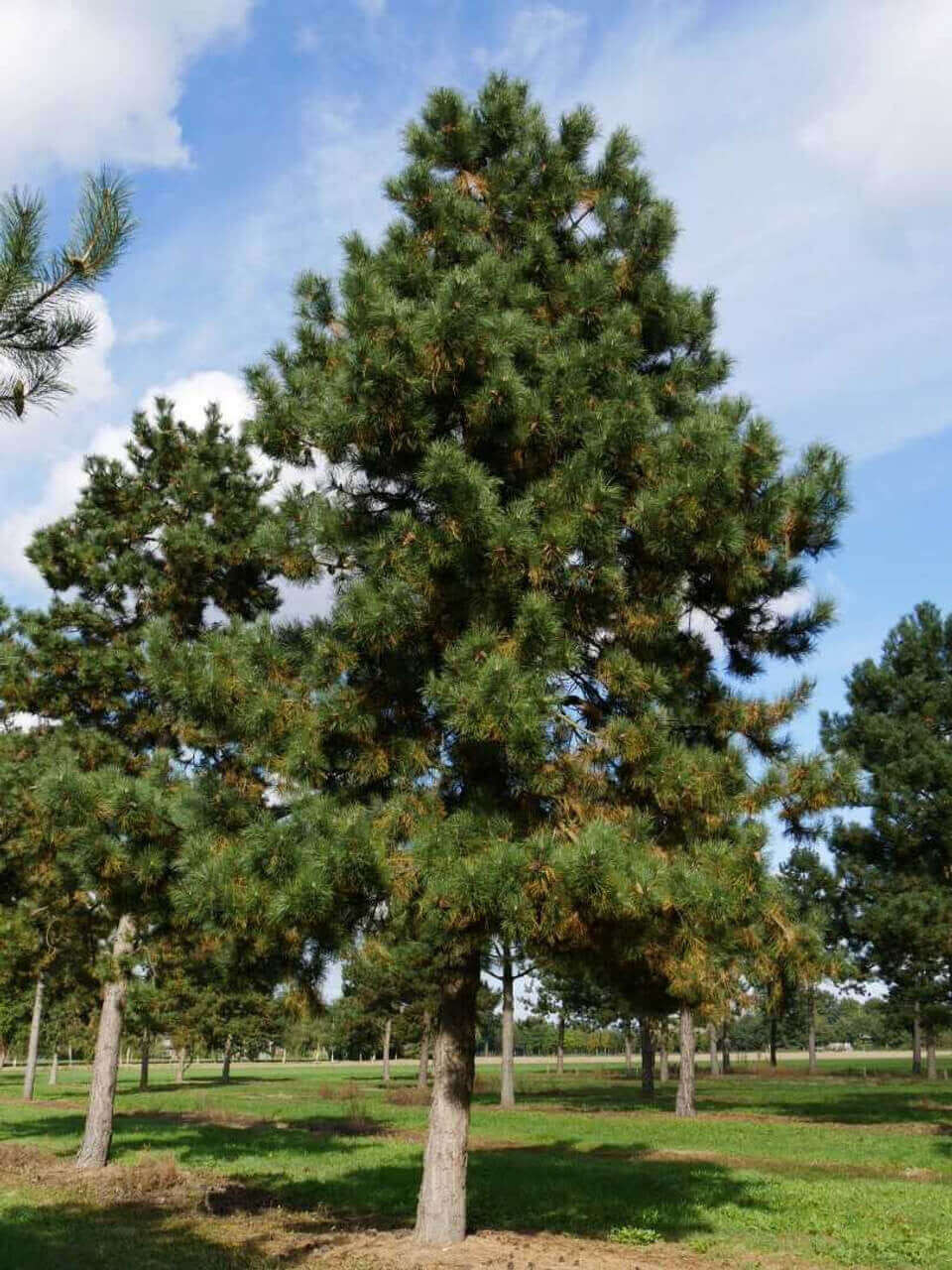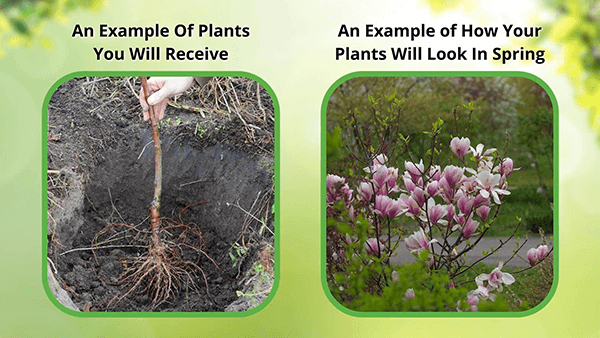Shortleaf Pine
Shortleaf Pine
| Order | Percentage Discount | ||
|---|---|---|---|
| 2-5 | 25% Off | ||
| 6-10 | 30% Off | ||
| 11-25 | 35% Off | ||
| 26-50 | 45% Off | ||
| 51+ | 65% Off | ||
Couldn't load pickup availability
HI. WI.
Shortleaf Pine
The Shortleaf Pine is a beautiful coniferous tree throughout the southeastern United States. It is an iconic species known for its hardiness, versatility, and beauty. Our landscape product website offers a variety of tree products that are perfect for any outdoor space.
Shortleaf Pine's Characteristics
They are medium-sized trees that can grow up to 100 feet tall. Its needles are long and slender, growing in bundles of two. The tree produces small cones about 2-4 inches long, an essential food source for many animals.
Benefits Of the Pine Tree
The tree is a valuable species that has many benefits. Its solid and durable wood makes it ideal for construction, furniture, and flooring. It is also a popular species for reforestation projects because it proliferates and is adaptable to various soil types. They are also an excellent tree for wildlife habitat, providing food and shelter for many species.
Uses
These Pines are excellent for adding natural beauty to your landscaping. It is also great for weed control and moisture retention.
Sustainability
The Pine is a beautiful and versatile species with many benefits. Whether you are looking for mulch, lumber, or other landscaping products, our tree products are a great choice. Plus, with our commitment to sustainability, you can feel good about choosing these products for your outdoor space.
Although its appearance can be striking, its soft, feathery foliage can also provide a comforting presence in front of the home. Its delicate form speaks to the artist in us all and continues to engage the eye with its twisting form. Nowhere else can one find a stationary organism that seems alive and full of vibrancy and motion.
The tree is also used to add accents to sidewalks. Many people plant this tree due to its attractive dark red leaves. This tree is easy to keep up with and must be pruned infrequently. The leaves start red in the spring and then turn crimson-red in the summer. In the fall, the leaves turn red again. This tree holds its color in all seasons and will add beauty to any garden.
The Japanese Maple Tree has beautiful colors. People love the Bloodgood because the foliage remains red for almost all year. They can all grow up to 15 feet. They are fantastic to have planted to accent a corner and can be placed in the angles of the house. They will look great in small yards and enormous properties.
They Are Considered Showy Trees
Shortleaf Pine can be planted along roadsides and curbs. When landscaping these trees, you will have a color explosion; they are stunning. When grown on your property, your house will stand out among other homes around you.
Conclusion: This beautiful tree has reddish-purple leaves that start mid-May or June and carry that rich color to the fall. The color is a great way to break up a primarily green landscape in the front of a house or the backyard. The trees' dark purple branches still hold the same elegance in winter.
This Is How Your Plants Will Look upon Delivery
Shipping date depends on the date displayed and chosen when you order from the product's page.
We only accept returns on plants verified dead. If you think your plants have died, we offer a 1 year warranty, please use use this File a Claim Link to verify dead plants and start with return warranty process.




